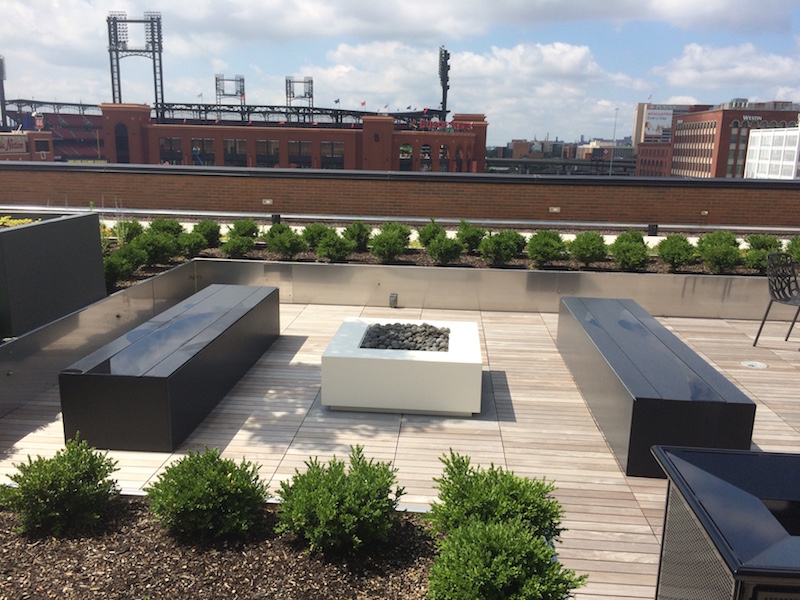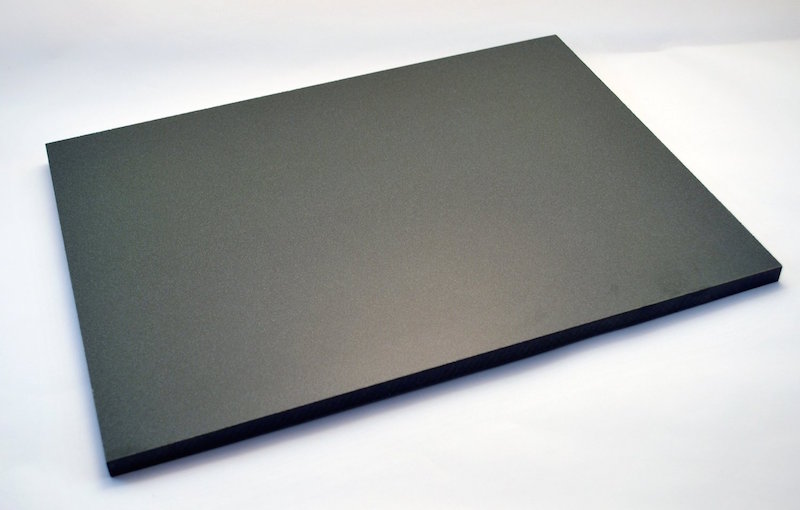How to care for solid surface: stains, scuffs, blemishes and more
From high traffic to the battle against healthcare-associated infections (HAIs), healthcare facilities are prone to many cleaning challenges and can have difficulties controlling the proliferation of bacteria. Hospital life is hectic and it is basically impossible to stop patient room furniture or casework from having run-ins with damage.
However, solid surface brings a few things to the table that can help you stomach the idea of having to fix your furniture. With some building materials, “fixing” means replacing, with solid surface “fixing” simply means taking a few steps to ensure your furniture looks good as new.
With a non-porous finish, solid surface is easy to clean and removing even the most stubborn stains doesn’t have to be a big deal. The material is also dirt-repellant and anti-microbial… pretty convenient if you ask us. In fact, because they are microbial-resistant, Shield Casework solid surfaces are GreenGuard Certified.
How to remove stains
At Shield Casework, we decided to test our products and demonstrate how to remove permanent marker, one of the most challenging stains.
Since solid surface casework and countertops are nonporous, most of the stains can be easily removed with a simple all-purpose cleaner and a dual-sided, soft scrubbing/erasing pad. Here are three easy steps to remove stains from solid surface casework:
Step 1. Generously spray the cleaner over your stain. It is important to keep the surface wet when cleaning, so do not forget to add more product as the pad absorbs the liquid.
Step 2. Start rubbing the stain in circular motion. Remember that what matters is the repetition of the movements, and not the amount of pressure. Depending on how stubborn the stain is, more or less time will be needed to remove it. Permanent marker will require a few minutes of scrubbing, and if the stain becomes really challenging, consider grabbing a rougher scrubbing pad.
Step 3. Once the stain has disappeared, wipe off the excess product with a clean paper towel and …Voilà! After a few minutes of work, the surface is perfectly clean and absolutely no trace of the stain is left.
Those are the three quick steps to remove stains from solid surface. Quite simple, isn’t it? This easy cleaning would not be possible with different surfaces, such as laminate. Because laminate is absorbent, one can only clean the upmost surface of the material without damaging it, leaving opportunities for bacteria to develop. Instead, with a renewable surface, removing stains from solid surface is simple and easy.
How to fix abrasions
Scratches can be scary in patient room furniture. Unlike stains, they can seem more difficult to get rid of and you may think you’ll need a replacement. With solid surface there is nothing to be afraid of.
Small scratches or scuffs can be removed with a scotch brite pad. Wet the surface and rub in circular motions over the abrasion with a large, rough pad. Once you can see the scratch has been removed wet the surface again and rub with a finer, smaller pad until you see the area is fully blending in with its surroundings. Finally, rinse and let the surface dry. You will be left with furniture that looks good as new.
Removing residues
Water and dirt are common residues that can easily end up on your patient room furniture. While not as difficult to remove, it’s always good to know the best practices to protect your furniture from these substances. For dirt, soapy water and an ammonia based cleaner will remove the material. To prevent hard water marks, quickly wipe the surface completely dry after a spill. If you still find water has left a spot, vinegar will easily remove the marks.
The industry has long recognized that solid surface is the most sanitary of all countertops materials and makes it the perfect choice for hygienically challenging environments. Isn’t it time the same determination was made for all of the components of casework?
Stay posted for more cleaning and repair demonstrations! In the meantime, download our full Care and Maintenance guide for a complete review of all of our cleaning directions.













Sorry, the comment form is closed at this time.